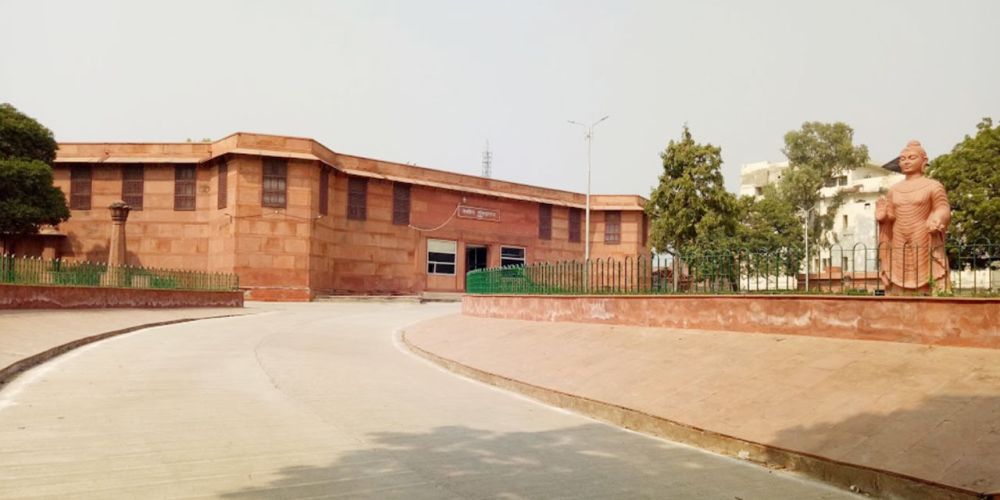

Located in the heart of Mathura, Uttar Pradesh, Mathura Museum, also known as the Government Museum Mathura, is one of the most significant cultural landmarks in India. Known for its extensive collection of sculptures from the Mathura school of art, the museum offers a vivid depiction of the historical and artistic heritage of this ancient city.
The museum was established in the year 1874 by Sir F. S. Growse, the then collector of the district. Initially set up to house antiquities found in the surrounding area, it quickly grew as successive collectors and archaeologists enriched its collections. The museum is housed in an elegant building inspired by Buddhist architectural elements, which was completed in the year 1930.
Mathura has been a hub of culture and religion for centuries, being especially renowned as a major center for Buddhism in the Mauryan and Gupta periods, and later for Hinduism and Jainism. The museum aptly reflects this religious and artistic diversity with pieces that span various historical periods and schools of art.
The Mathura Museum boasts a vast collection of items ranging from the 3rd century BCE to the 12th century CE. Here visitors can appreciate ancient sculptures, coins, pottery, terracotta, and bronze artifacts. The museum's highlights include the head of a Buddha statue from the Gupta period and the iconic image of the standing Buddha.
The museum is also renowned for its rich collection of stone sculptures that showcase the craftsmanship and the cultural amalgamation of Indo-Greek and native Indian art traditions. Among the most treasured items are figures of the Yakshas, Yakshinis, and various Hindu deities, signifying the prominent religious narratives of the region.
The Mathura Museum plays a pivotal role in the religious and cultural tourism of Mathura. Its significance is not only limited to its rich collections but also in its role in understanding the evolution of Indian art. The museum attracts scholars, historians, art lovers, and tourists from around the world.
Its strategic location near other notable religious sites like the Krishna Janmabhoomi Temple, Vishram Ghat, and numerous Ghats of the Yamuna River has bolstered its position as a must-visit tourist destination on the circuit of the Braj region pilgrimage and heritage tourism.
The Mathura Museum is open to the public almost every day with a very nominal entry fee. Photography is generally allowed, but there may be restrictions on the use of flash. The museum also provides guided tours, which offer rich insights into the historical and cultural nuances of the exhibited artifacts.
In recent years, with the advent of digital technology, the museum has started offering virtual tours, allowing those unable to visit in person a glimpse into its remarkable collection. Additionally, special exhibitions and workshops are often organized to engage both the local community and tourists, enhancing the visitor experience while promoting cultural education.
As global interest in cultural and historical tourism continues to rise, the Mathura Museum remains a prominent destination for those seeking to delve into the artistic and spiritual legacy of India.
Whether it's the erudite researcher or the curious traveler, the Mathura Museum offers a timeless journey through India's rich historical tapestry, making it an essential stop in the exploration of the country's diverse heritage.